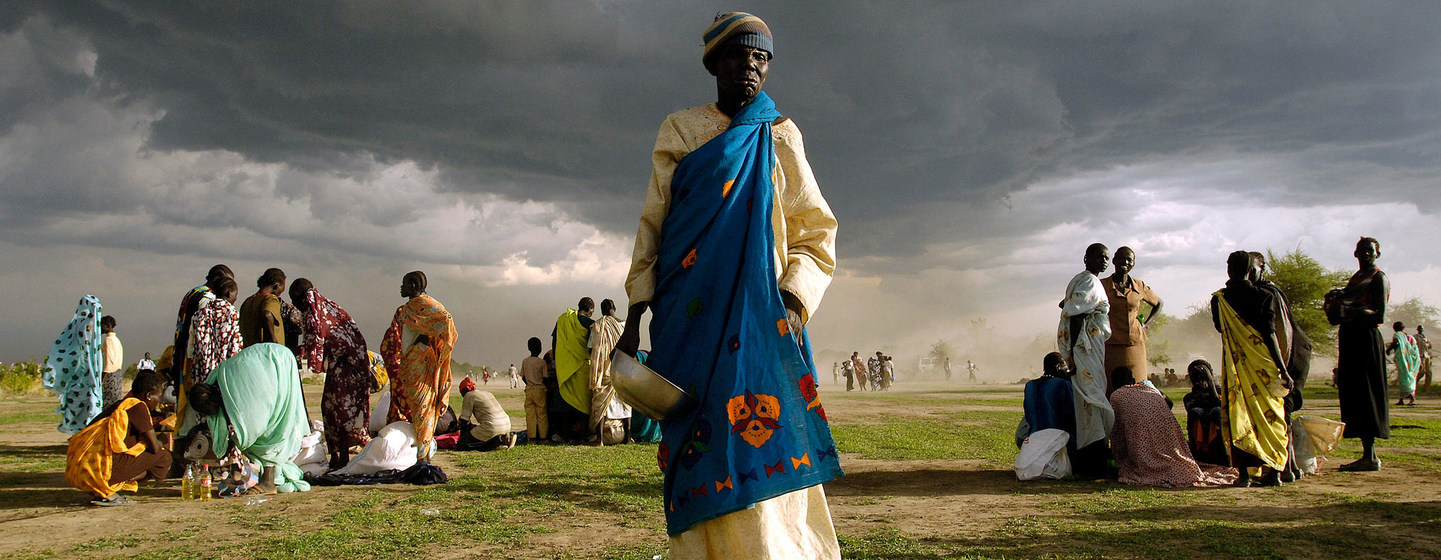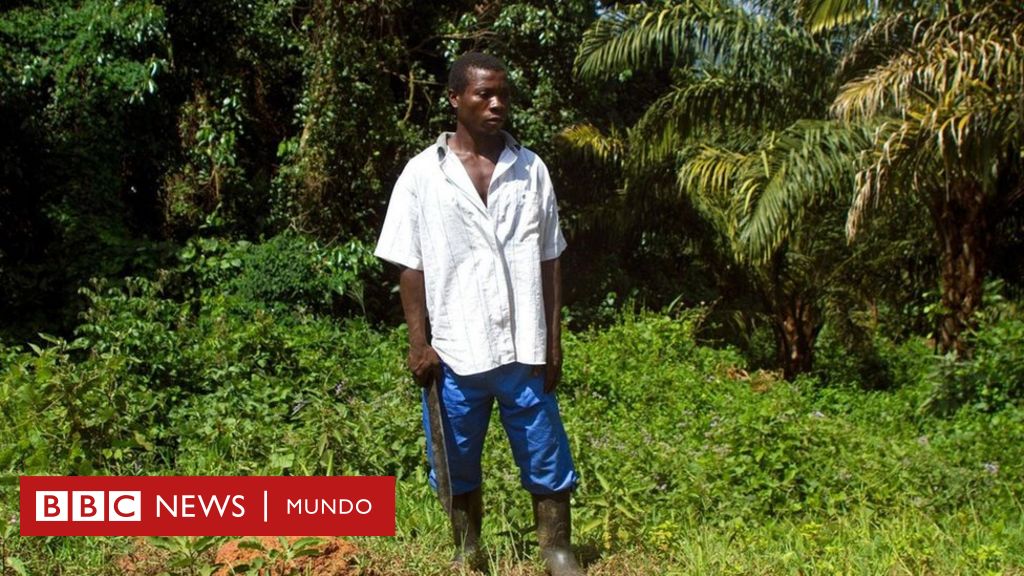Hunger is increasing and glaciers are melting in Africa

GENEVA – Changes in weather and climate are exacerbating food insecurity in Africa, while rising temperatures are melting its symbolic glaciers, according to a report by World Meteorological Organization (OMM).
WMO Secretary-General Petteri Taalas said when presenting the report in this Swiss city.
The report said that extreme events are contributing to increased poverty and human displacement in Africa, a situation that has been exacerbated since 2020 by the health, social and economic crisis unleashed by the COVID-19 pandemic.
Africa has warmed at a rate higher than the global average temperature across the entire land and ocean surface. Warming between 1991 and 2020 was higher than in 1961-1990 in all African subregions and much higher than the 1931-1960 trend.
Rates of sea level rise on the southern and tropical Atlantic coasts, and on the coast of the Indian Ocean, are higher than the global average.
Precipitation patterns have changed, with flooding prevalent in the Sahel (the semi-arid strip separating the desert from the forest zone), the Rift Valley (east), the Middle Nile Basin and Northeast Africa, the Kalahari Basin (southwest) and the lower reaches. Congo River (center).
Dry conditions prevailed on the northern coast of the Gulf of Guinea (west) and in northwestern Africa, and along the southeastern part of the continent. Drought on the Indian Ocean island of Madagascar has caused a humanitarian crisis.
“The rapid decline of the last glaciers in East Africa, which is expected to completely melt in the near future, warns of the danger of imminent and irreversible change in the Earth system”: Petteri Taalas.
Another 14 countries reported significant loss of life or population displacement due to floods in 2020: Benin, Burkina Faso, Cameroon, Chad, Côte d’Ivoire, Ethiopia, Kenya, Nigeria, Senegal, Somalia, Sudan, South Sudan, Togo and Uganda.
Regarding glaciers, there are currently only three in the African mountains: the rocky Mount Kenya in Kenya, the Rwenzori Mountains in Uganda and Mount Kilimanjaro, the highest peak on the continent, in Tanzania.
They are too small to play an important role as water reservoirs, but they are of great tourist and scientific interest.
The current rates of decline are above the world average, and if this trend continues, it will lead to a complete decline in the 1940s.
As for hunger, the combination of protracted conflicts, political instability, climate variability, pest outbreaks and economic crises, exacerbated by the pandemic, have been major drivers of food insecurity in Africa, the report said.
In Africa there are 282 million undernourished people, according to UN agencies, in sub-Saharan Africa, 22 percent of its population cannot meet their basic food needs, and entire communities are in a critical situation in a dozen countries.
Another problem is displacement, with an estimated 1.2 million people displaced from the areas they once lived in Africa in 2020 due to drought and floods, and nearly 500,000 due to armed conflict.
Commissioner for Rural Economy and Agriculture of the African Union Commission, Josefa Leonel Correa Sako, said that Africa “is experiencing an increase in meteorological and climatic variability, causing disasters and disruptions to economic, ecological and social systems”.
Sacco noted that, “By 2030, it is estimated that as many as 118 million people living in extreme poverty (that is, living on less than $1.90 a day) will be exposed to drought, floods and extreme heat in Africa, if appropriate response measures are not sufficient. established.”
Taalas argued that in the face of critical expectations, Africa’s post-pandemic recovery makes it imperative and urgent to improve climate resilience.
“Investments are particularly needed in capacity development and technology transfer, as well as in improving countries’ early warning systems, including weather, water and climate monitoring systems,” said Taalas.
The costs of climate adaptation in sub-Saharan Africa are estimated at $30-50 billion annually (two to three percent of GDP) over the next decade, resources that “would serve to avoid higher additional relief costs.” in disaster situations.”, according to the World Meteorological Organization.
The report was presented at an extraordinary meeting of the World Meteorological Conference and will serve as a contribution to the 26th Conference of the Parties (COP26) to the United Nations Framework Convention on Climate Change, which will be discussed in November in Glasgow, UK.
AE / HM

“Award-winning zombie scholar. Music practitioner. Food expert. Troublemaker.”




/cloudfront-eu-central-1.images.arcpublishing.com/prisa/X33WQ3GSYFF3DBKJDAVIGHN3DA.jpg)




